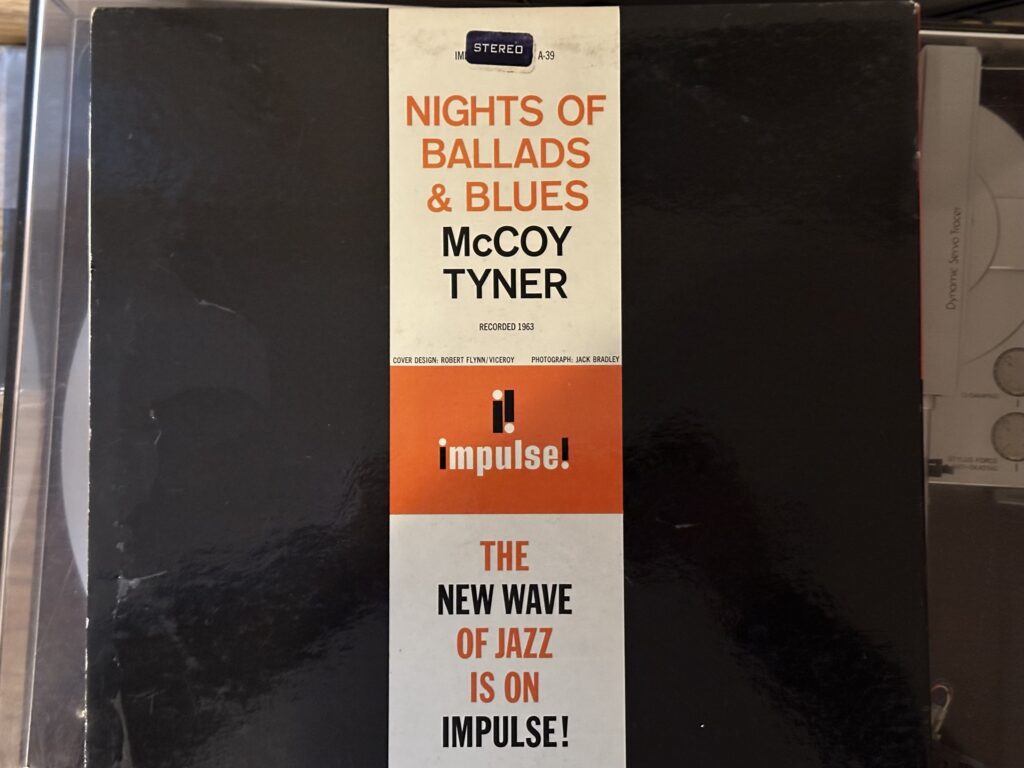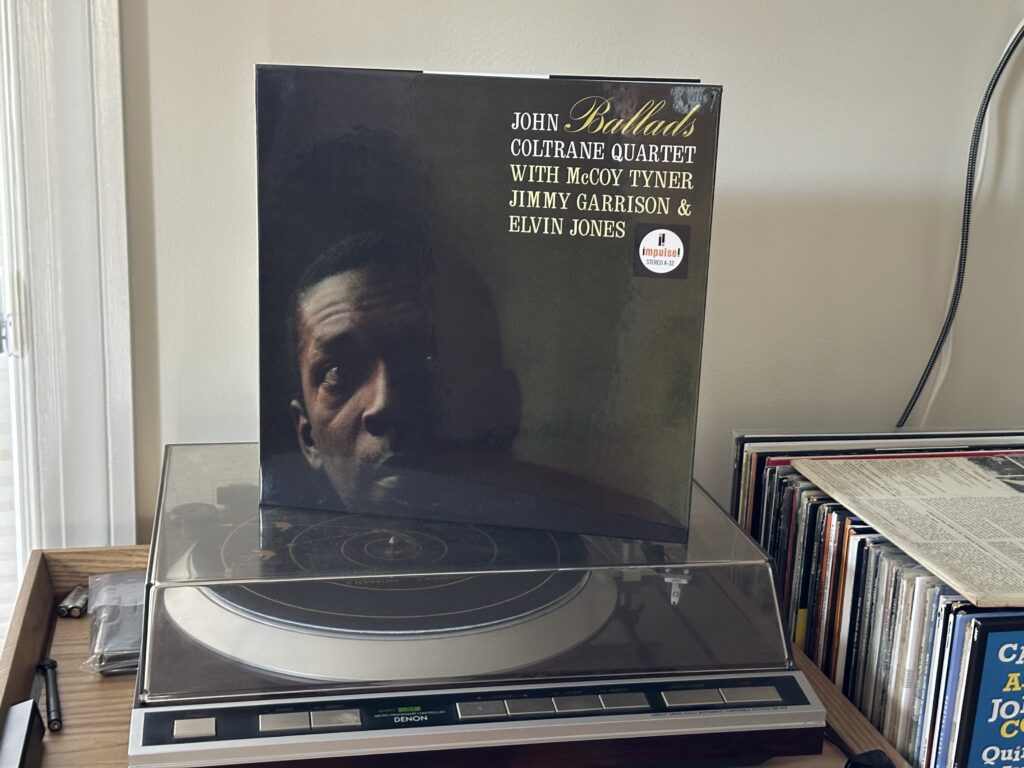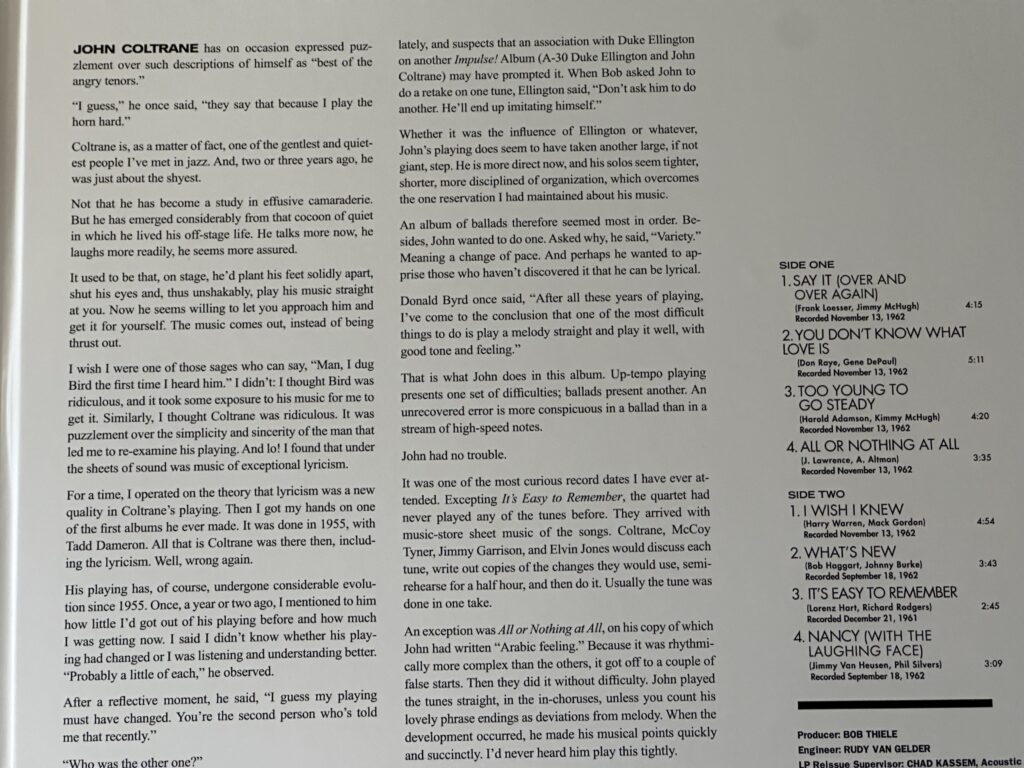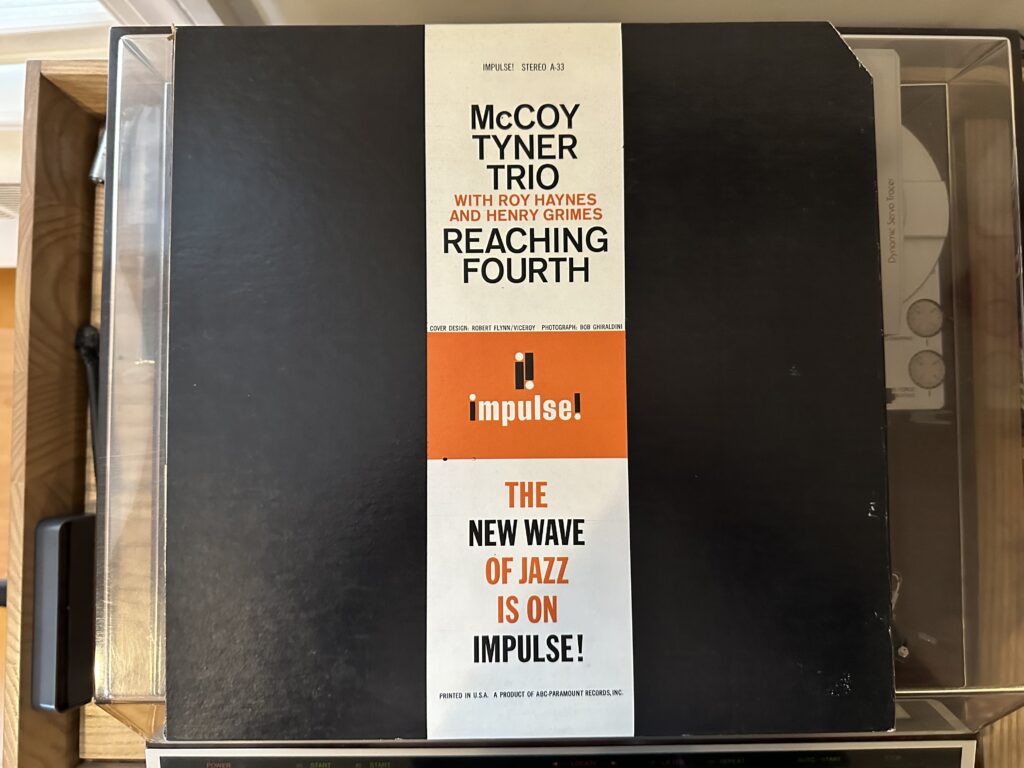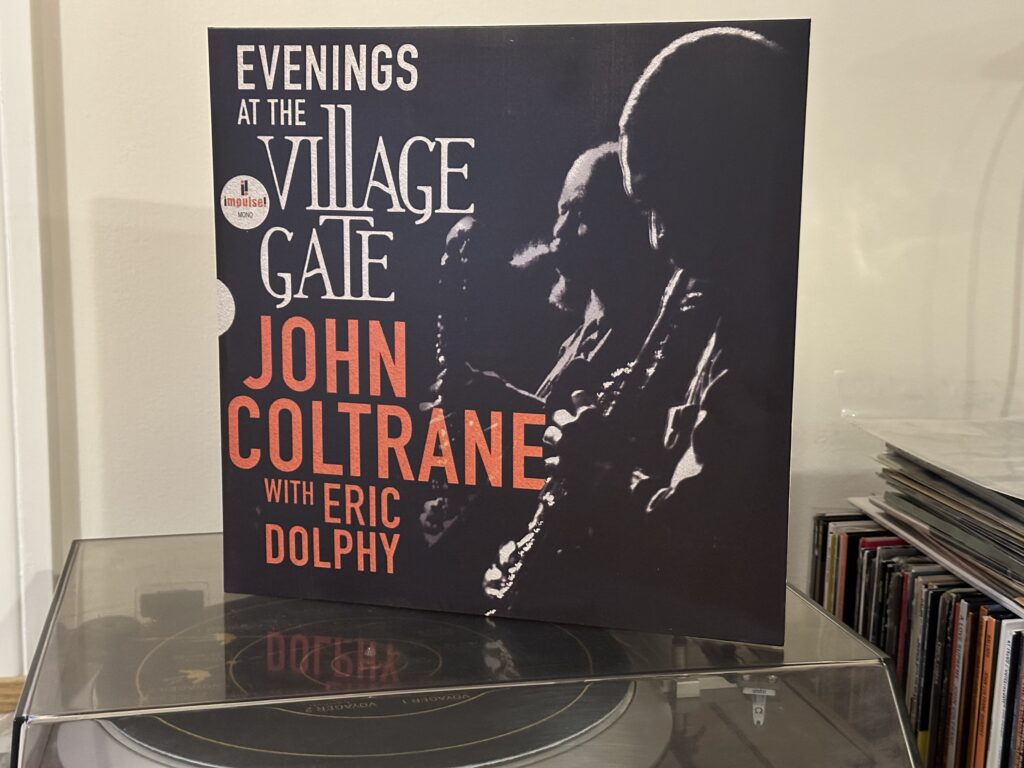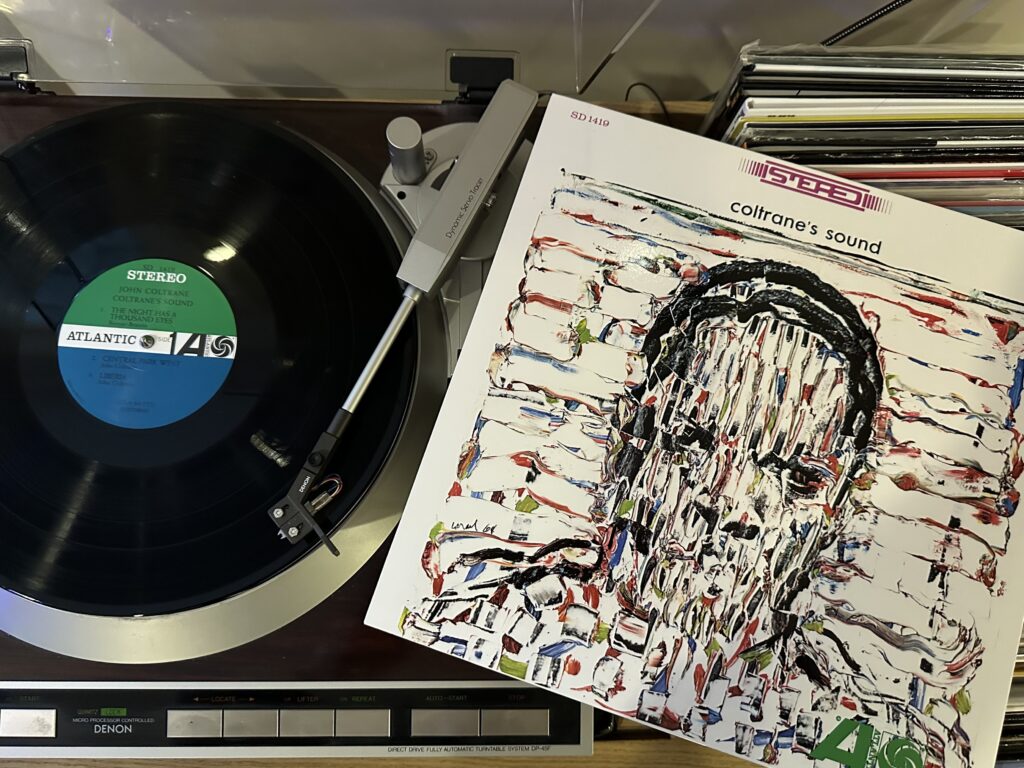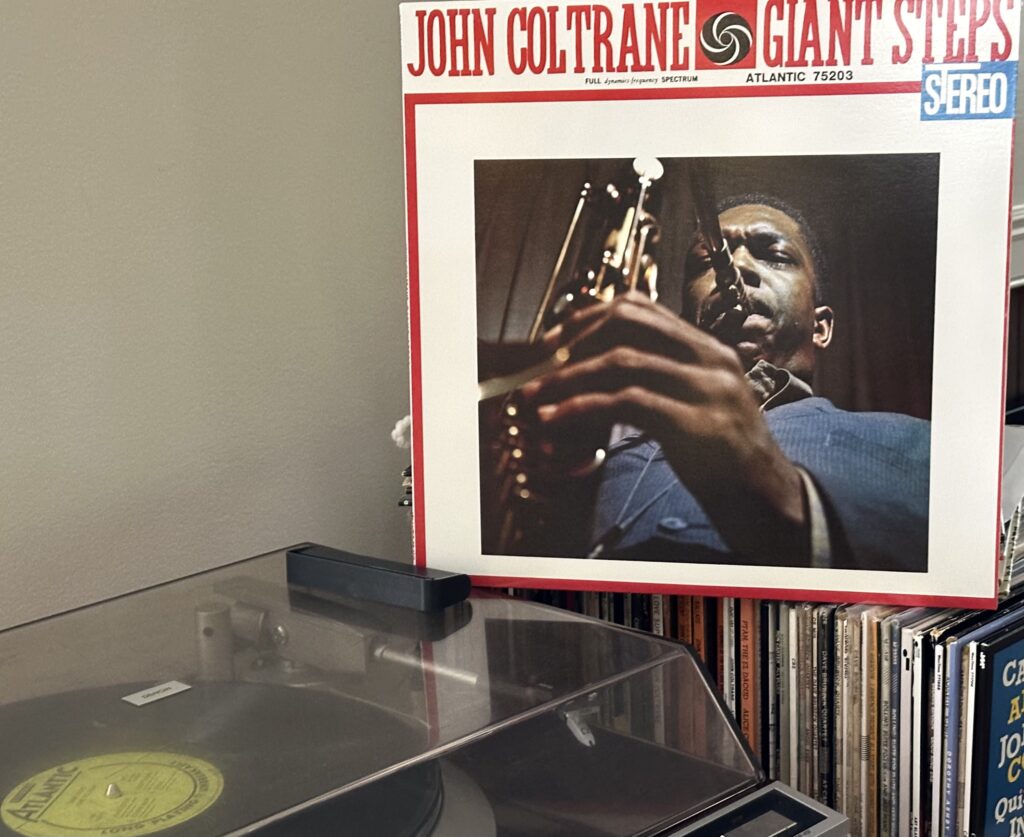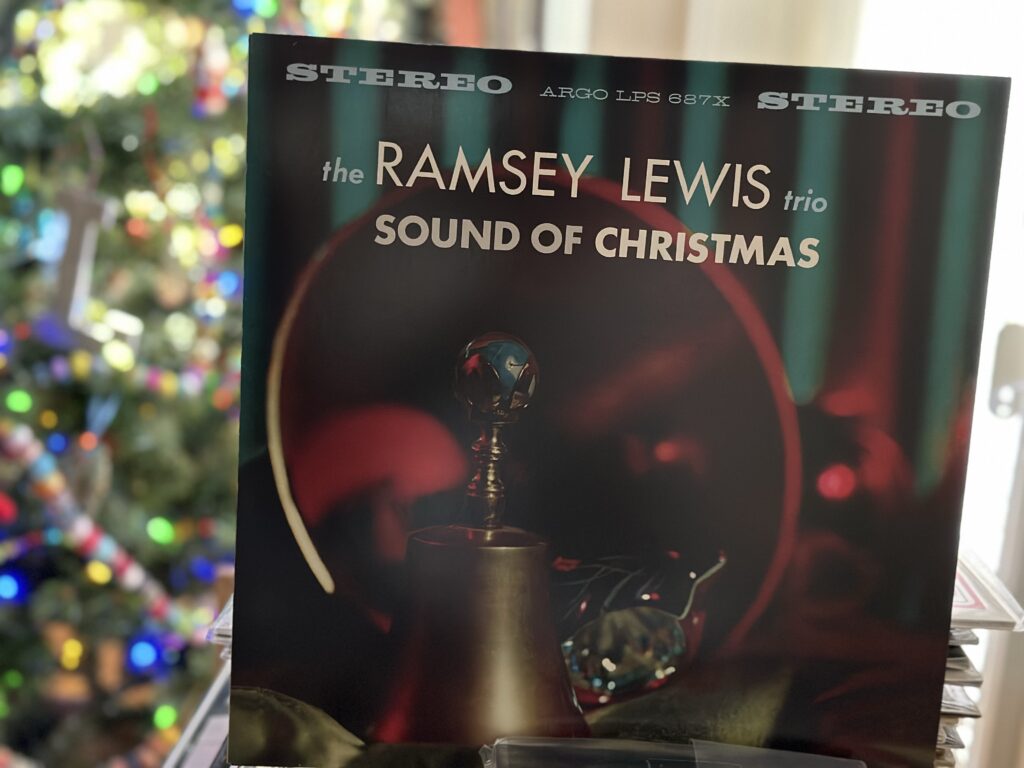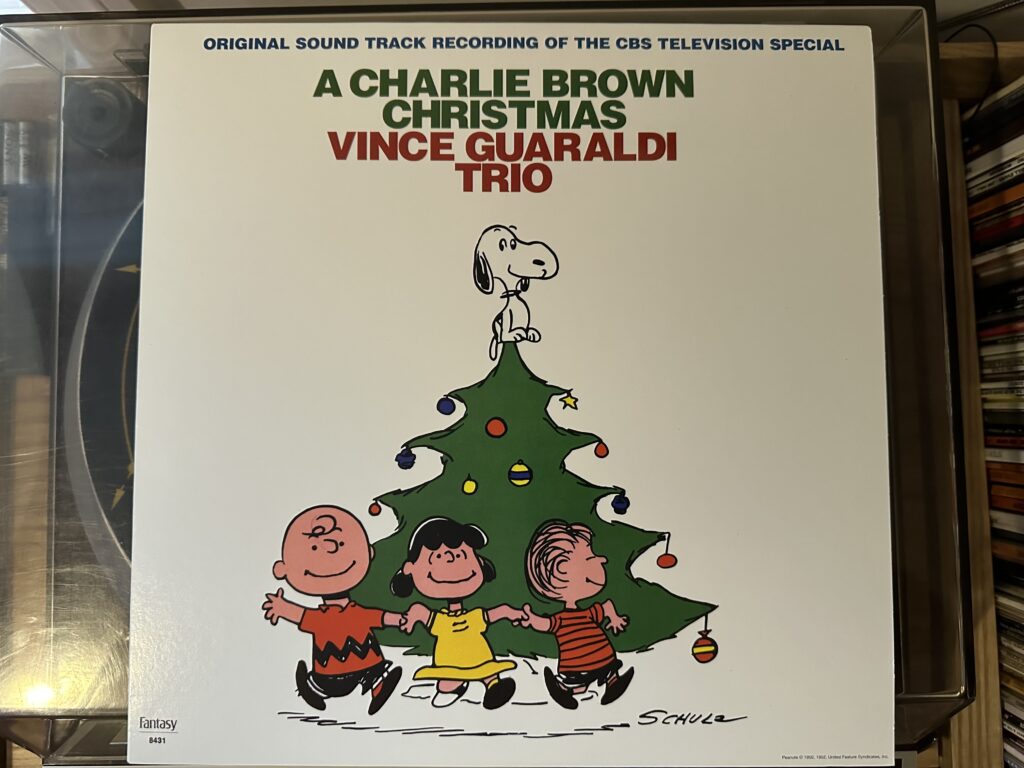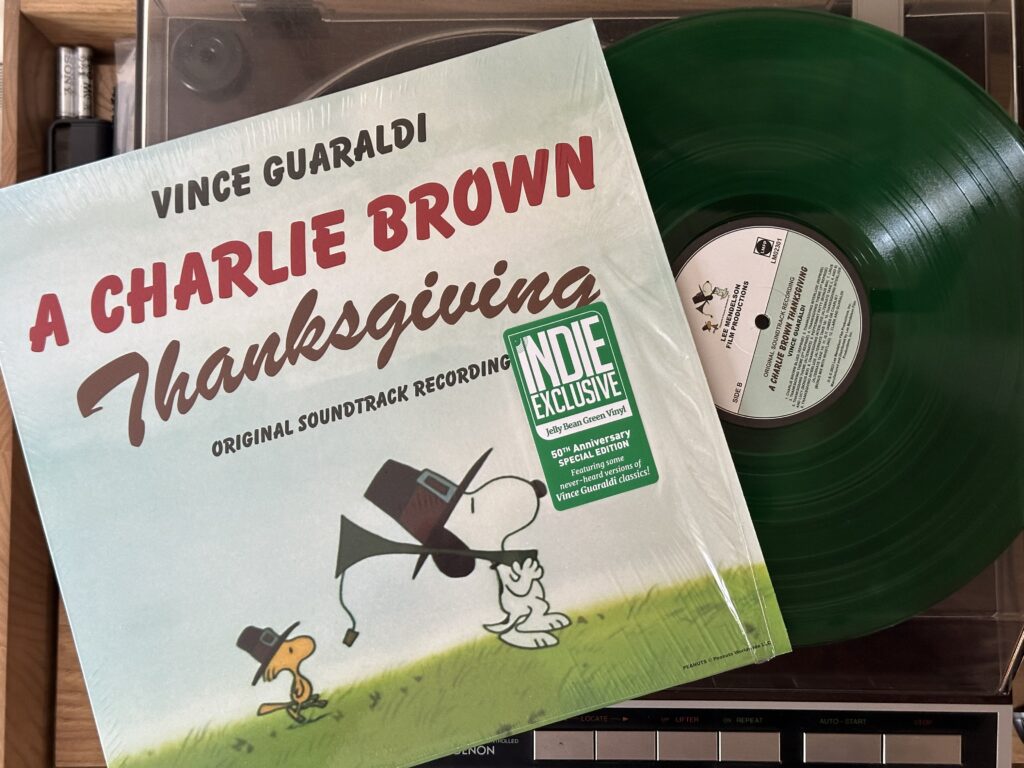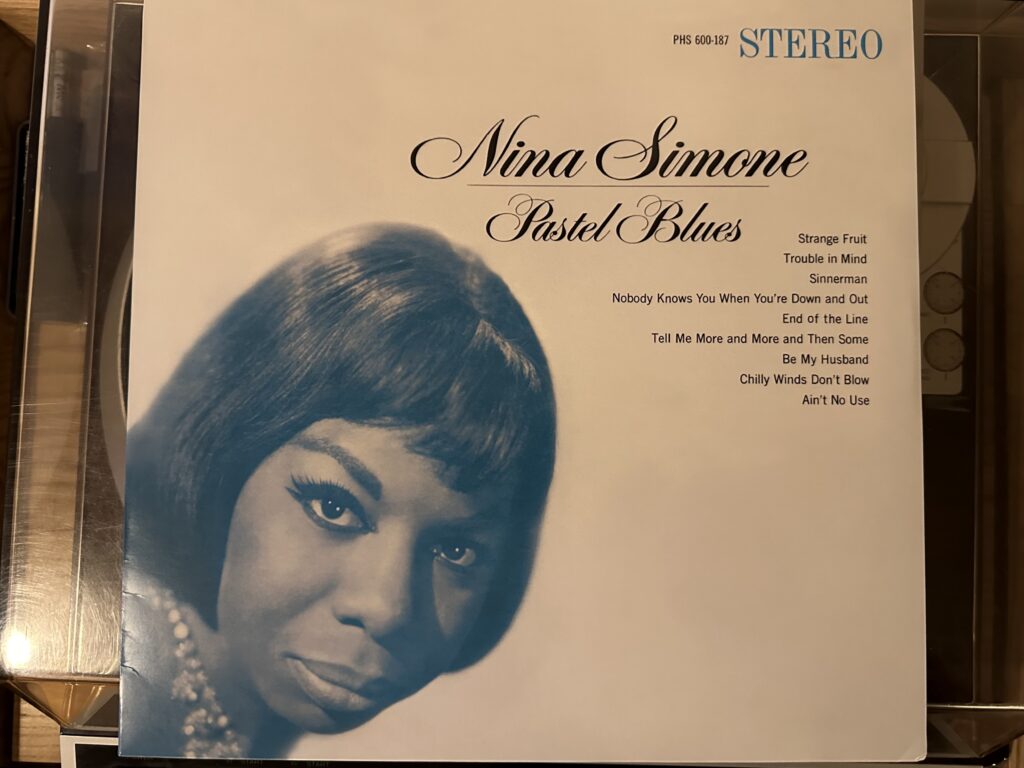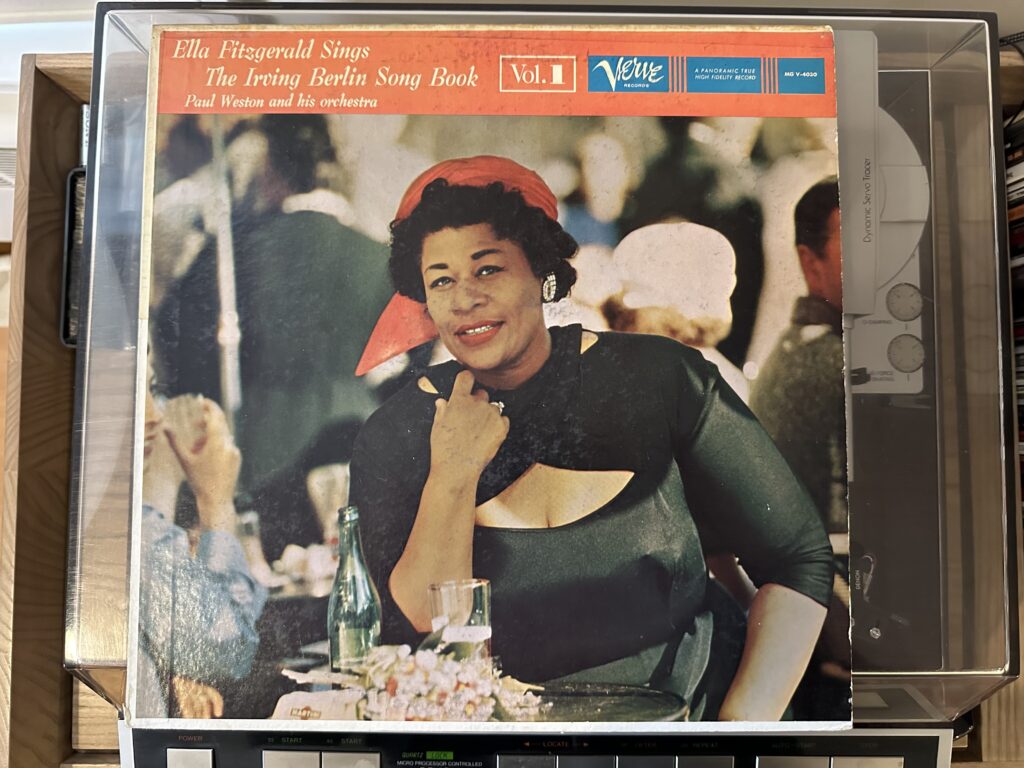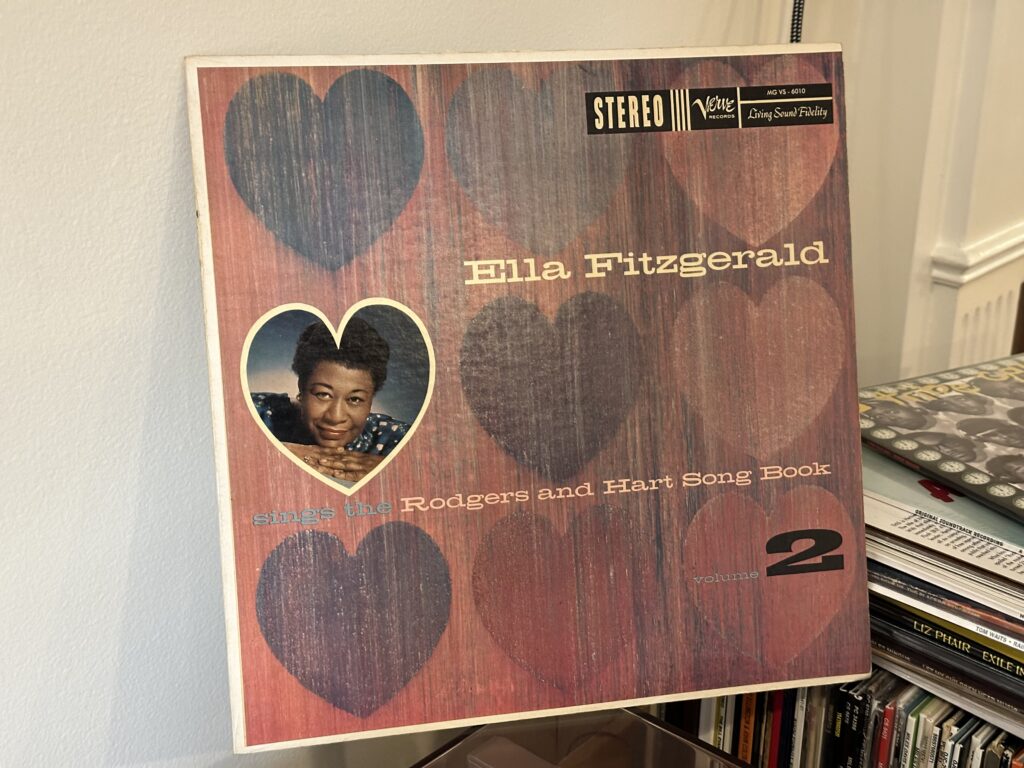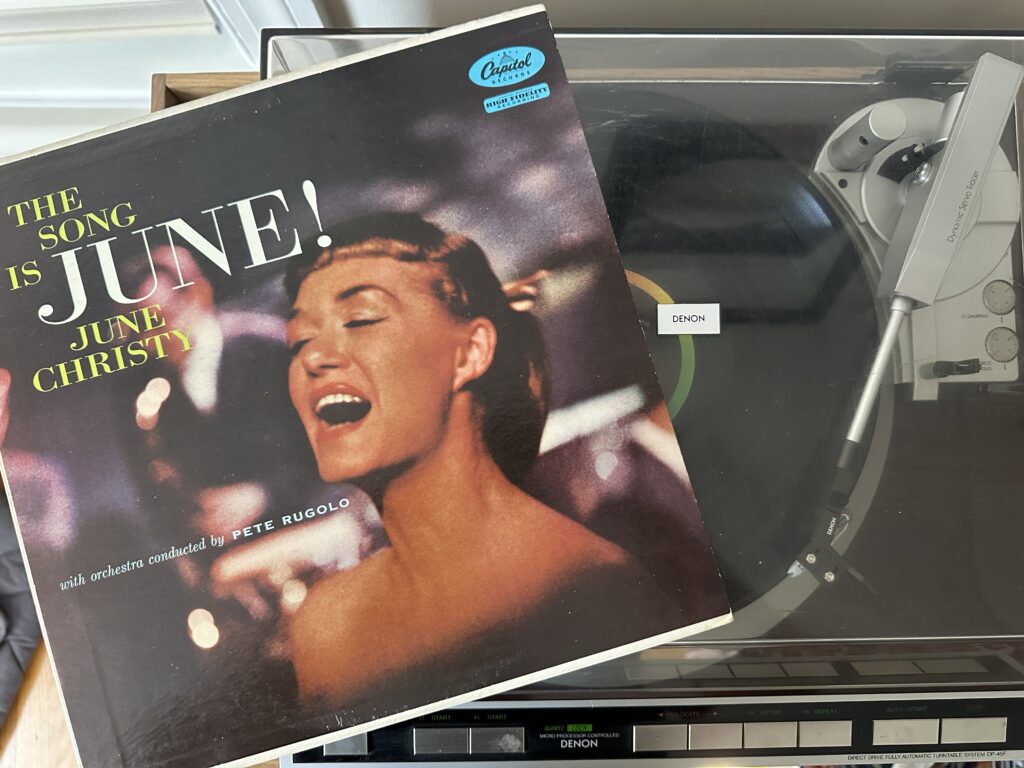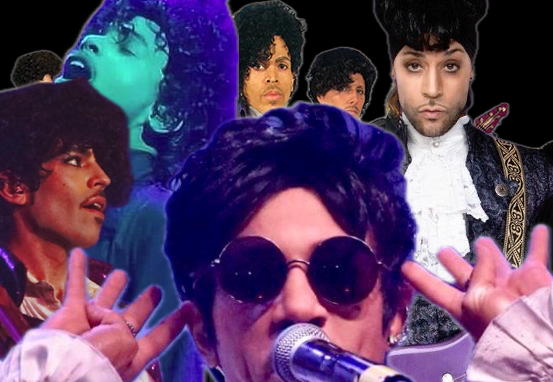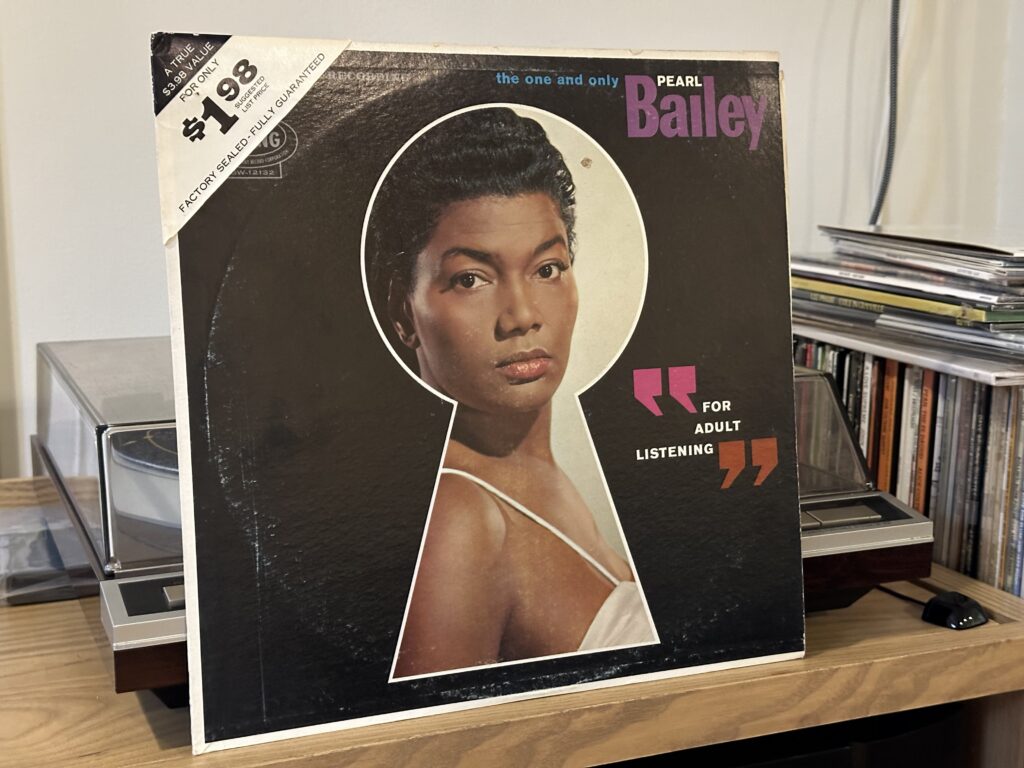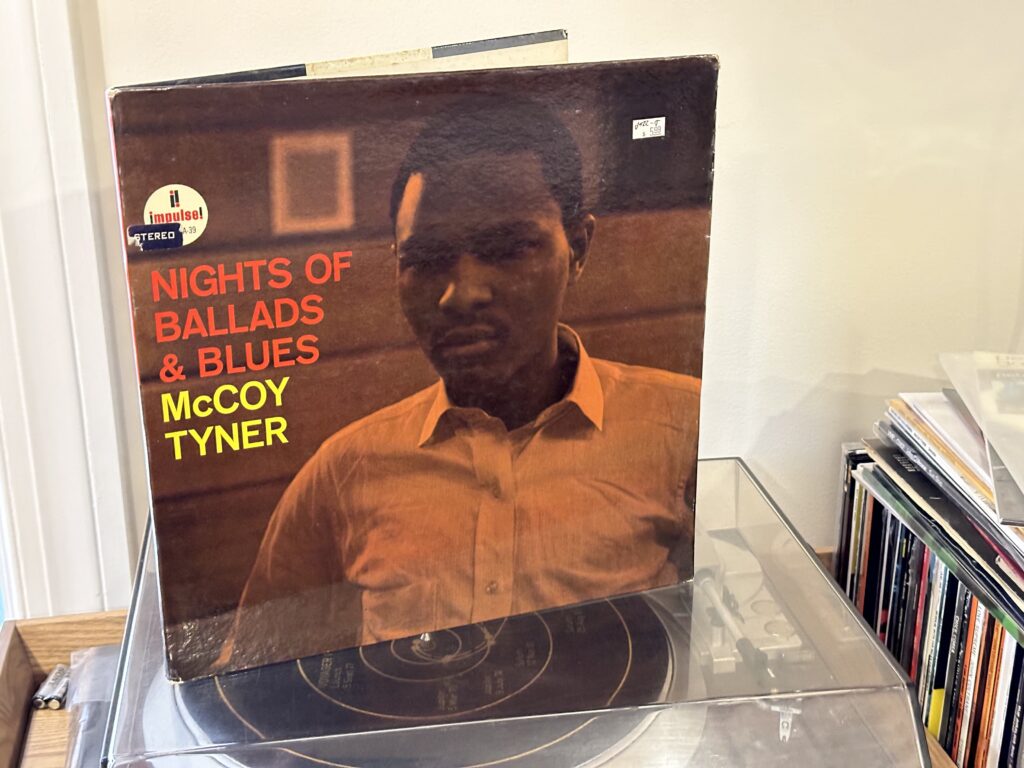
Album of the Week, February 10, 2024
On March 4, 1963, McCoy Tyner was in Rudy Van Gelder’s studio at Englewood Cliffs, New Jersey with Steve Davis on bass and Lex Humphries on drums. Unlike his prior session for Impulse!, this was going to be a session entirely of ballads. Who knows why—perhaps because Bob Thiele liked the results of the sessions, finished the previous year, that led to John Coltrane’s Ballads album; perhaps because Thiele wanted to balance Trane’s avant garde tendencies with more albums for more conservative jazz listeners. For whatever reason, two weeks before Herbie Hancock entered Van Gelder’s domain to record My Point of View, this single session of ballads yielded one of the most approachable records of Tyner’s early career.
The Ellington/Strayhorn/Johnny Mercer classic “Satin Doll” was by this point something of a chestnut, having been recorded by dozens of musicians despite having been written only in 1953. Tyner’s approach to the chords of the tune and his use of unusual rhythms in his solo helps keep the song fresh here. Steve Davis’ walking bass and Lex Humphries’ brush-forward drumming both keep the piano in the foreground, though Humphries has some inventive patterns for the drums throughout.
“We’ll Be Together Again,” written by Carl Fischer with lyrics by Frankie Laine, is far less well known, and the band takes advantage of the comparative freshness of the tune to create a sound that is more distinctive. The descending chords of the melody here create an effect not unlike a Bill Evans composition, with more than a hint of melancholy peeking out from behind the sunny melody. It’s a striking tune, and Tyner eschews the use of his customary block chords to let the melody speak more directly; he deploys unusual arpeggios that draw out darker shadows in the chords as accents to the melody on the head, but stays closer to the chords in the solos. It’s a good illustration of Coltrane’s observation, quoted in the liner notes: “He gets a personal sound from his instrument; and because of the clusters he uses and the way he voices them, that sound is brighter than what would normally be expected from most of the chord patterns he plays.”
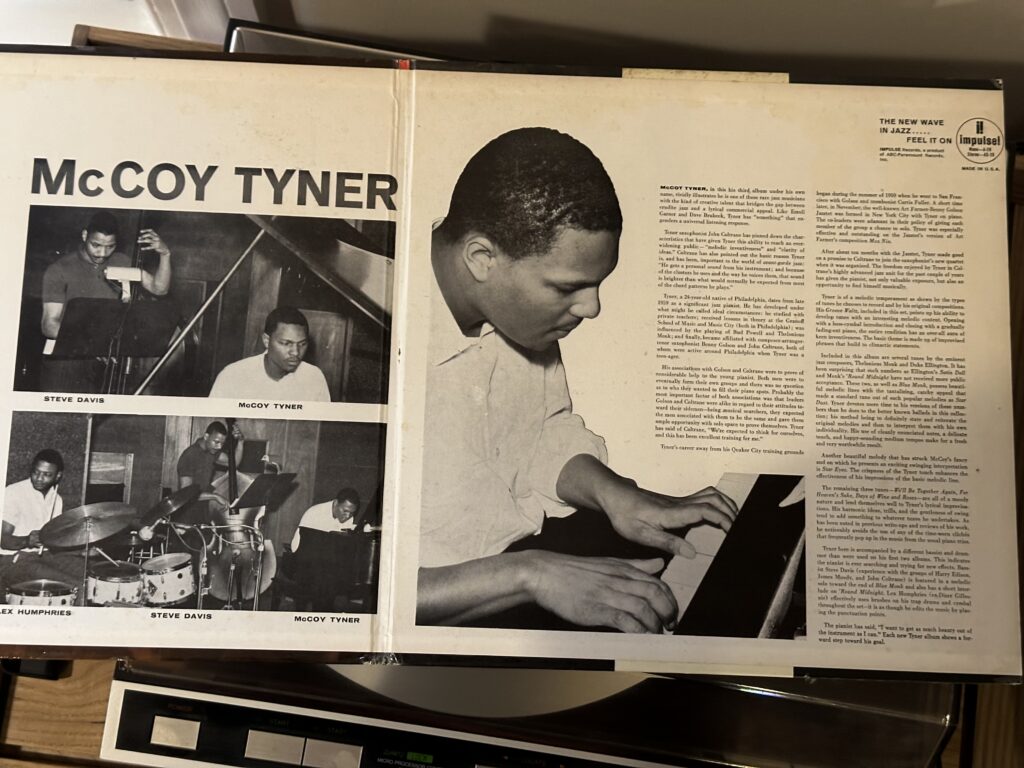
If anything should belie the perception that Tyner was simply a conservative musician, it might be the presence of two Thelonious Monk compositions on the album. “Round Midnight” was of course a famous part of the jazz canon by now, following covers by Miles and others. His version of the standard opens with a solo verse on the theme that demonstrates some of those “personal clusters” as well as Tyner’s renowned sensitive touch. When the rest of the trio comes in, it’s with a rhythmic approach that pivots between major and modal, bringing a new feeling to the standard rather than echoing Miles’ arrangement.
“For Heaven’s Sake” is a little-known ballad by Sherman Edwards, Elise Bretton and Donald Meyer. Tyner gives it a straight reading that, in the last verse, opens some space between the chords, letting the tune breathe. It’s a striking moment, particularly as his final chords veer into a different tonality.
Gene DePaul and Don Raye’s “Star Eyes,” first given a jazz reading by Charlie Parker, here opens with a set of modal chords that seem likely to take us in a different direction, before the main tune comes in. Here Tyner displays a virtuoso flourish by taking the solo in double time, then layering dizzying arpeggios over the chords. It’s far from a laid back ballad reading, and the combination of his flourishes and Humphries’ occasional jab on the drums causes one to sit up a little straighter and listen.
“Blue Monk” is the second Monk composition on the album, and Tyner gives it a straight-ahead blues reading that features more of the pianist’s unusual chord voicings. Davis is a little more foregrounded here with a forthright walking bass that ventures into some unusual chords in the last four bars of the tune, as well as his only solo on the album. Tyner explores some unusual modal corners in his solo, and Humphries plays with the meter, joining the pianist on some of the triplets in the tune and dropping the occasional bomb. But it’s still a fundamentally conservative approach to the tune, albeit a pleasant one.
Tyner’s “Groove Waltz” is the only original on the album, and it’s a doozy, a modal waltz that follows twelve-bar blues form. The band sits up a little straighter for this one, with Humphries coming a little more to the fore with some inventive explosions and Davis keeping things pinned to the straight-ahead rhythmic heartbeat. Tyner’s melody wouldn’t be out of place on a Herbie Hancock record, but his densely voiced clusters—and that waltz—create a sound that’s distinctively his. It’s by far the highlight of the album for me, and producer Bob Thiele’s fadeout makes me want to listen to the original session tapes to hear how the band brought this one to a close.
The Mancini/Mercer standard “Days of Wine and Roses” closes out the album in a more familiar place with a gentle arrangement of the ballad. Tyner’s trick of introducing brief passages in a different mode surfaces here toward the end of the first and last verse, briefly lifting the tune into a different sound world. His use of a different rhythmic direction in the final chorus likewise sets this apart from a routine reading, as does the conclusion, in which Davis anchors the key with a bowed tonic note while the band concludes the tune.
Tyner wasn’t done with exploring the traditional ballad repertoire, and neither was Coltrane. Next week’s record is perhaps the most spectacular example of the journey through the discovery of melody that Trane’s quartet took in 1962 and 1963, on which they’re joined by an unlikely collaborator.
You can listen to this week’s album here:
